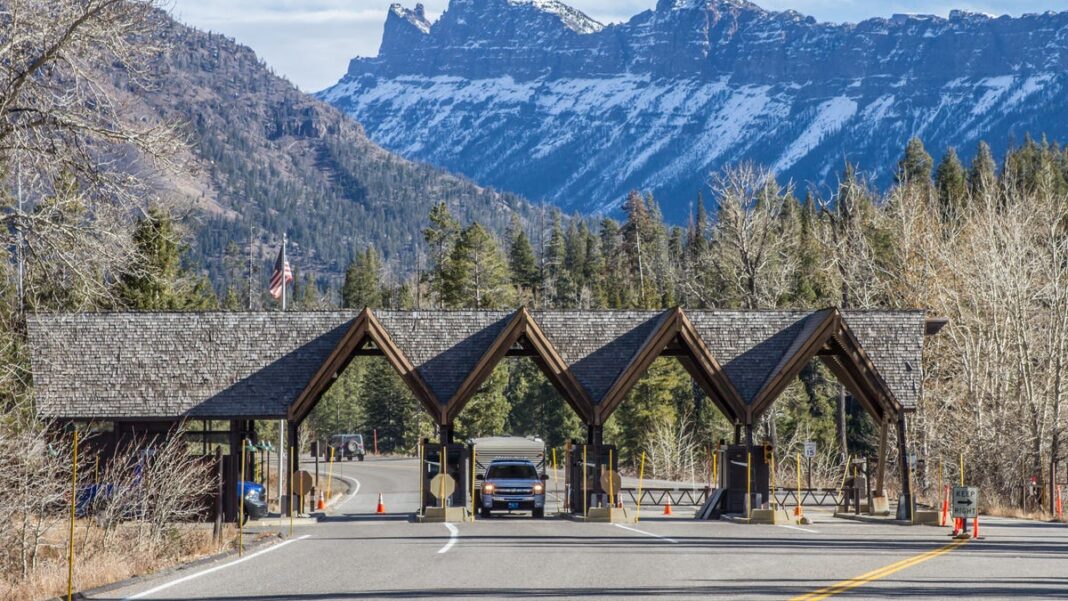What Travelers Need to Know About National Parks During a Government Shutdown
As lawmakers are stuck in disagreement over a crucial funding bill, the nation is facing the possibility of a government shutdown as the year ends.
Recently, although a bipartisan agreement was made on Tuesday to keep government operations running until March, President-elect Donald Trump rejected the deal. This situation has left Congress urgently looking for a solution with funding deadlines approaching at the end of Friday. If an agreement is not reached, numerous federal agencies that rely on this funding may have to furlough thousands of employees and suspend essential services.
Given that the National Park Service falls under these agencies, those planning visits to national parks during their holiday break may wonder how a shutdown could affect their trip.
Here’s what you should be aware of.
Will national parks be affected by a government shutdown?
Yes, during a government shutdown, sites managed by the National Park Service (NPS), which includes national parks and monuments, will close. Many facilities will either shut down or be unstaffed, as a furlough will affect federal employees.
While the NPS did not provide comments to YSL News regarding a potential shutdown’s effects, a contingency plan was previously established during a potential shutdown in September 2023. This plan focused on securing the safety of parks, wildlife, and the public.
According to the plan, “Generally, NPS locations will close during a lapse in appropriations,” indicating that most national park sites will not be accessible to the public.
Even in cases where certain areas are technically open to the public, the NPS has stated they would operate with “significantly reduced” visitor services. If basic services could not be offered, further restrictions would be implemented, with the NPS advising against visits to national park locations during funding lapses.
The most recent government shutdown extended for 35 days between December 2018 and January 2019, which greatly affected national parks.
Some parks completely shut down, while others relied temporarily on state funding to remain operational. Nevertheless, many parks faced understaffing, which led to issues with maintenance and conservation.
The influx of visitors surged during this time, as entrance fees were not collected due to a lack of staffing, resulting in safety problems. Trash accumulated, facilities were not maintained, and in locations such as Rocky Mountain National Park, unsanitary conditions arose.

